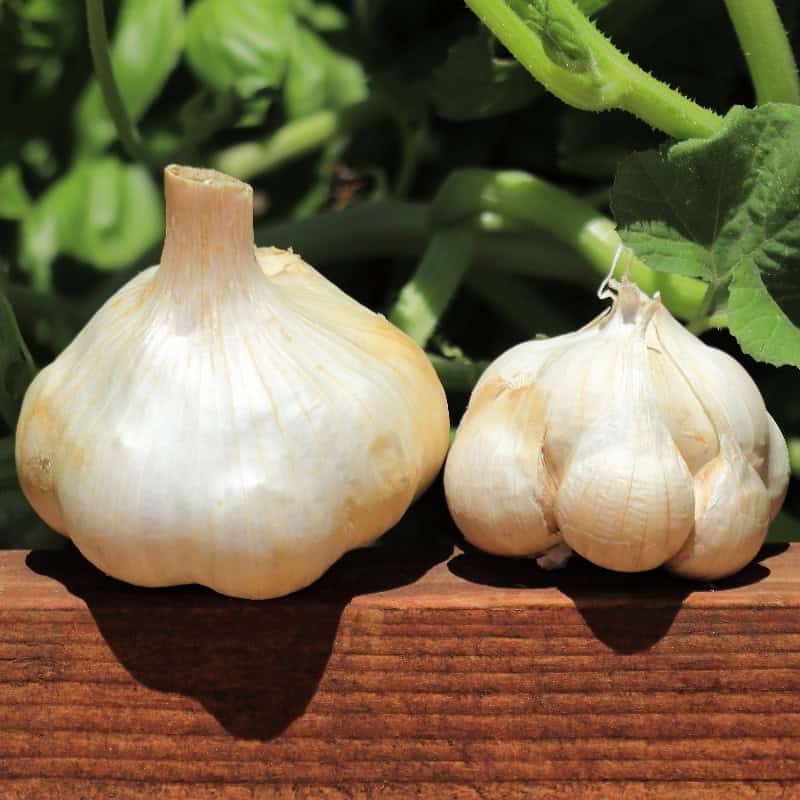Nurturing Our Honeybees: A Journey Through Wildflowers
The Natural Habitat of Our Bees
Our honeybees thrive on a diet of wildflowers in the pristine Cascade Mountain range near Cedarville, CA, a serene town approximately 120 miles from Redding, CA. The diverse diet of our industrious bees includes native ground covers that bloom in the spring and summer, alongside the organic farms in the area that cultivate bee-attracting cover crops to maintain soil health.
Pesticide-Free Foraging
A significant advantage for our bees is that 85% of the local farmers abstain from using pesticides, creating a safer environment for them to collect nectar. However, achieving 100% certified organic honey is challenging due to the bees’ extensive foraging range, which can extend over 10 miles from their hive. This range makes it possible for them to encounter non-organic substances, such as household pesticides or chemical fertilizers.
Striving for Organic Excellence
Despite these challenges, Basaltic Farms partners with the most remote honey producers who demonstrate minimal pesticide usage. By providing abundant flowering cover crops and consistent water sources, we encourage our bees to forage within a closer radius, optimizing the organic quality of their honey.
Organic Fermented Garlic Honey FAQ
Is Botulism a Concern in Fermented Honey Garlic?
No, botulism is not a concern in our jarred fermented honey garlic. Botulinum bacteria come in seven varieties, with C-botulinum posing the most significant concern. This anaerobic bacterium thrives in environments devoid of oxygen, where it can produce toxins. However, all foods can contain botulinum spores, found in soils, rivers, and sea waters globally. Honey, due to its low pH level averaging 3.6, is not a conducive environment for botulinum, serving as a natural preservative.
Garlic, grown in the ground, can acquire various spores. Its multiple layers act as a natural barrier, contributing to a shelf life of 6 to 9 months. With an average pH of 5.5 to 6.5, garlic is slightly acidic. We select the freshest garlic post-harvest for honey fermentation, ensuring safety.
The fermentation process, combined with the acidic pH levels, effectively eliminates the risk of botulism. It’s crucial to use RAW honey, as processed honey lacks the wild yeasts and essential bacteria needed for fermentation. Basaltic Farms utilizes raw organic honey, collected and processed without heat, to preserve its natural properties. The honey is filtered for wax, ensuring purity.
Garlic’s renowned immune-boosting and antibacterial properties have been acknowledged for centuries. Citing 83 in vitro studies, the National Library of Medicine highlights garlic’s polyphenolic and organosulfur components, found in fresh garlic. Our certified organic garlic is peeled using sterile water, slightly crushed to blend with honey, then aged for a month to ferment fully.
We recommend storing honey garlic at room temperature, shaking or “burping” the jar every few days to prevent oxygen deprivation, which could encourage botulinum growth. At Basaltic Farms, we cover our honey garlic with plastic wrap for easy access and to keep insects out, ensuring safety and convenience.
What Can I Use Honey Garlic For?
Honey garlic has been utilized for a multitude of purposes throughout history. It serves as a versatile flavor enhancer in various meal preparations, including as a coating for baked chicken, a drizzle over sliced tri-tip, in honey garlic shrimp, with baked squashes, and atop steamed vegetables. It can also be used on charcuterie boards with cheeses and cold meats, spread on crackers, mixed into crusty bread dips, vinaigrettes, marinades, or even enjoyed straight from the jar. The possibilities are virtually limitless.
Medicinally, honey garlic has been known to expedite recovery from colds or the flu. It is also used as a supplement to improve digestive health, combat cancer, cardiovascular disease, hypertension, lipid abnormalities, and metabolic disorders, and treat skin and bone conditions, among other common health issues. Additionally, it has been found to assist in the healing of wounds on pets.
What's the Difference Between Fermented Garlic and Honey-Fermented Garlic?
The primary distinction lies in their sweetness. Fermented garlic, often called pickled garlic, typically incorporates various spices and acids like vinegar or oils to achieve a tangy or spicy flavor profile. Both fermented garlic and honey-fermented garlic can be utilized in a wide range of culinary applications, depending on personal taste preferences. However, it’s important to note that adding substances other than honey to garlic may heighten the risk of contamination.
How do I make honey fermented garlic and what can I use it for?
Making honey fermented garlic is a simple process that involves peeling raw garlic cloves and submerging them in pure raw honey. Allow the mixture to ferment for a period of time. It can be used as a flavor enhancer in vinaigrettes, marinades, or enjoyed on its own.
What's the difference between fermented garlic and honey fermented garlic?
The main difference is sweetness. Fermented garlic is typically tangy and pungent due to the fermentation process, while honey fermented garlic has a sweeter taste profile. Both can be used in various culinary applications based on personal preference.






Reviews